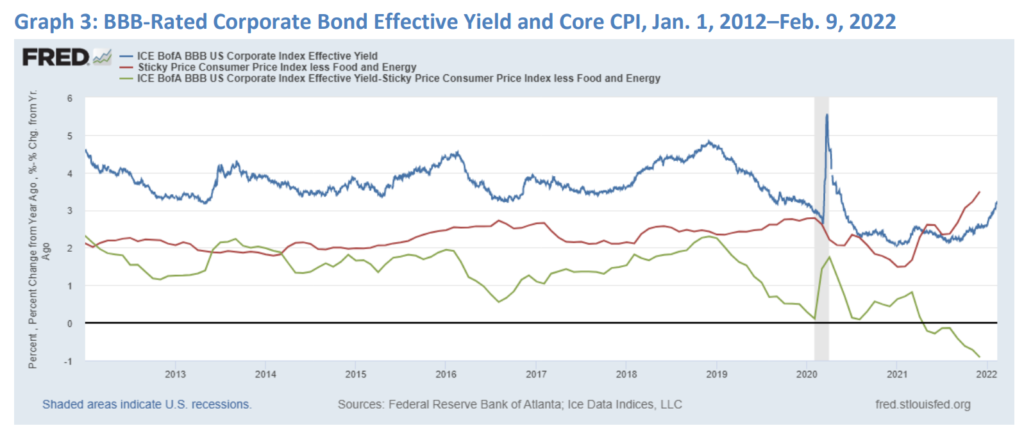Graphic:

Excerpt:
Total Russian and Ukraine sovereign and corporate debt was $813.3 million at year-end 2021,
representing 97% of total exposure; the remainder comprised $28.8 million in stocks (see Table 2).
While life companies accounted for the majority of the bond exposure at $683.9 million (or 84% of total
Russia and Ukraine bonds), property/casualty (P/C) companies accounted for almost all the Russia and
Ukraine stock exposure at $28 million. About 90% of U.S. insurers’ exposure to Russia and Ukraine
bonds and stocks was held by large companies, or those with more than $10 billion assets under
management.
Author(s): Jennifer Johnson, Michele Wong, Jean-Baptiste Carelus
Publication Date: 14 Apr 2022
Publication Site: NAIC Capital Markets Special Reports





